
FIND YOUR DIAMOND
X

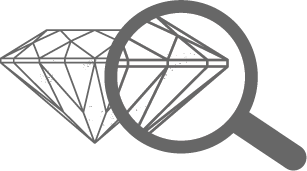

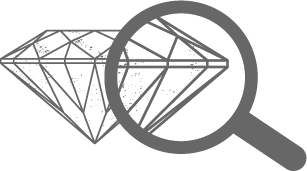


Diamond clarity : VVS1-VVS2






Choose a clarity grade:
FL-IF
VVS1-VVS2
VS1-VS2
SI1-SI2
I1-I2
I3
FL-IF
| FL-IF: No internal or external characteristics. Internally Flawless: May have external blemishes only. Both extremely rare. |
VVS1-VVS2
| VVS1- VVs2: Very, very slightly included. Characteristics minute and difficult to see under 10x magnification, even to a trained eye. |
VS1-VS2
| VS1-VS2: Very slightly included. Minor inclusions ranging from difficult to see (VS1) to easier (VS2) to see at 10x magnification. |
SI1-SI2
| SI1- SI2: Slightly included. Inclusions noticeable at 10x. Best value grade if eye-clean. SI2 inclusions may be detectable to a sharp unaided eye. |
I1-I2
| I1-I2: Included. Diamonds have minor eye-visible inclusions. |
I3
| I3: Included. Obvious or distracting inclusions. |
- FL
- IF
- VVS1
- VVS2
- VS1
- VS2
- SI1
- SI2
X
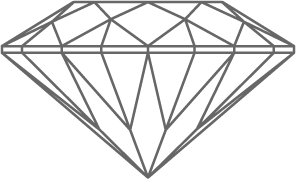
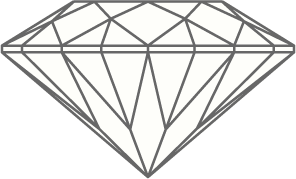
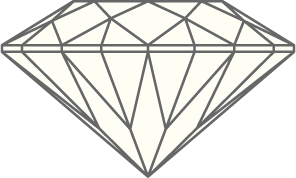
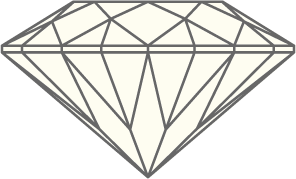



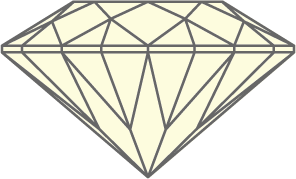
Diamond Color : K








Choose a color grade:
D
E
F
G
H
I
J
K
D
| D colour is the highest colour grade, meaning it has no colour. Under magnification and to the naked eye, a D colour diamond will appear pure & colourless. |
E
| E colour diamonds look almost identical to D colour diamonds. Most of the time, the differences in colour between a D and E diamond are only visible to an expert in a controlled lab environment. |
F
| F colour diamonds look almost identical to E colour diamonds. Most of the time, the differences in colour between a E and F diamond are only visible to an expert in a controlled lab environment. |
G
| G colour stones exhibit nearly no colour and appear primarily colourless to the naked eye. The G colour grade is the highest, best grade in the “Near Colourless” range of the GIA’s scale, which covers diamonds graded G to J. |
H
| H colour diamonds appear primarily colourless to the naked eye. Still, they have a faint yellow hue that’s often visible under magnification in bright lighting, especially when compared to diamonds of a higher colour grade. |
I
| I colour diamonds offer a great combination of near-colourless looks and good value for money. These diamonds have a slight yellow tint that’s usually only visible when viewed next to diamonds of a higher colour grade. |
J
| J colour is the last of the “near-colourless” grades, colour may be slightly detectable to the unaided eye, particularly in fancy shapes or diamonds over 1-carat. |
K
| K colour is the first of the “faint” colour grades, meaning colour may be detectable to the naked eye. K-colour diamonds can offer great value. |
- D
- E
- F
- G
- H
- I
- J
- K
X


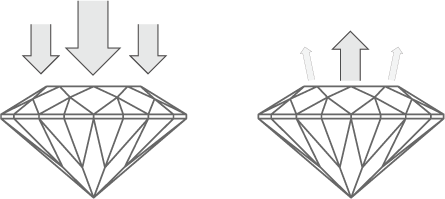

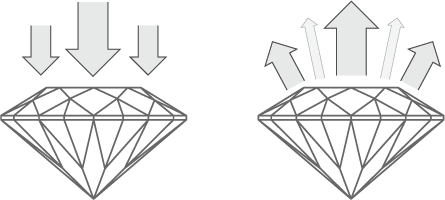
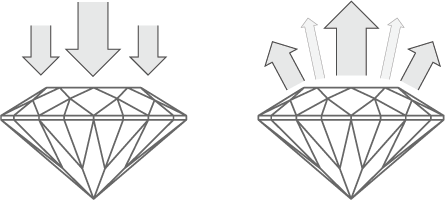
Diamond cut : Poor






Choose a cut grade:
Poor
Fair
Good
Very Good
Ideal
Excellent
Poor
| Poor cut stones deliver nearly no sparkle, brilliance or fire. Almost all of the light escapes from the sides and bottom of the diamond. |
Fair
| Fair cut diamonds offer little brilliance, as light easily exits through the diamond’s bottom and sides. Diamonds of a Fair Cut may be a good choice for smaller carats and those acting as side stones. |
Good
| Good cut diamonds still show brilliance and sparkle, however noticeably less than an excellent cut stone. These diamonds provide beauty at a lower price point. |
Very Good
| Very good cut diamonds offer exceptional brilliance and fire. Majority of the entering light reflects through the diamond’s table which means that to an untrained eye their visual light performance is similar to an excellent cut diamond |
Ideal
| Ideal cut diamonds provide the highest level of fire & brilliance given they have a higher light performance, the diamond radiates with magnificent sparkle and beauty. |
Excellent
| Excellent cut diamonds provide the highest level of fire & brilliance given they have a higher light performance, the diamond radiates with magnificent sparkle and beauty. |
- Excellent
- Very Good
- Good
- Fair
X
Polish
| The overall condition of a finished diamond’s faceted surfaces, including how smoothly the facets have been polished, whether any marks are visible from the polishing wheel, and how defined the edges of each facet are. Polish marks are almost always invisible to the unaided eye, but good polish is essential for maximum light performance. |
- Excellent
- Very Good
- Good
- Fair
X
Symmetry
| The precision and alignment of a diamond’s facets and the resulting effects on its brilliance. |
- Excellent
- Very Good
- Good
- Fair
X
Fluorescence
| A measure of the visible light some diamonds emit when exposed to ultraviolet (UV) rays. Diamonds with a strong or very strong fluorescence are a better value because the market prices them slightly lower. It is quite rare for fluorescence to have any visual impact on a diamond’s appearance, and it does not compromise the gem’s structural integrity in any way. |
- None
- Faint
- Medium
- Strong
- V Strong
X
Depth percentage
| The height of a diamond, measured from the culet to the table, divided by its average girdle diameter. One of the basic proportions that contributes to a diamond’s appearance, brilliance and fire. |
X
Table percentage
| The width of the diamond’s table expressed as a percentage of its average diameter. A component of the overall cut grade, this measurement is critical to a diamond’s light performance. |
X
Length-to-with ratio
| Length (L) divided by Width (W) is the Length-to-Width ratio. This conveys how relatively square or rectangular a fancy-shaped diamond appears when viewed from the top. |




